Maple trees (Acer spp.) are among the most iconic and versatile trees in landscapes worldwide. Known for their stunning fall foliage, graceful shape, and adaptability, maples enhance any garden or yard with both aesthetic and ecological benefits. From providing shade and privacy to supporting wildlife and producing sap for syrup, maples are a valuable addition to residential and public spaces.
This ultimate guide offers a comprehensive approach to growing maple trees, including selection, planting, care, and maintenance, ensuring healthy growth and vibrant beauty year after year.
Why Grow Maple Trees?
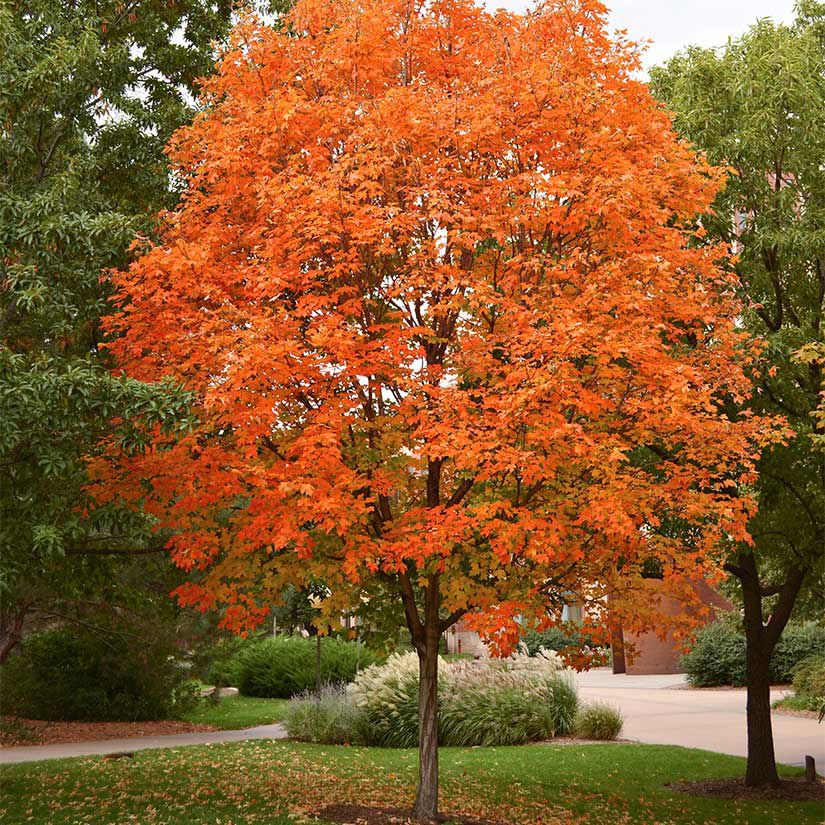
Maples are cherished by gardeners and landscapers for numerous reasons:
- Spectacular Foliage: Many varieties exhibit vibrant reds, oranges, and yellows in autumn.
- Shade and Shelter: Large canopy provides shade, cooling the surrounding environment.
- Wildlife-Friendly: Supports birds, pollinators, and beneficial insects.
- Versatility: Suitable for streetscapes, gardens, parks, and yards of all sizes.
- Maple Syrup Production: Certain species, like sugar maples, can be tapped for syrup.
Understanding these benefits can help homeowners and gardeners appreciate the long-term value of planting maple trees.
Step 1: Choosing the Right Maple Variety
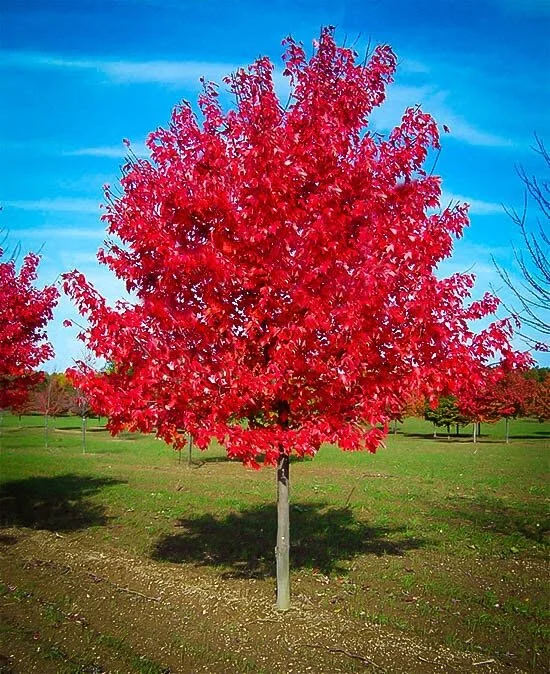
Selecting the right maple species is critical to match your climate, soil, and landscaping goals. Popular varieties include:
- Sugar Maple (Acer saccharum)
- Famous for brilliant fall colors and maple syrup production.
- Prefers cool climates and well-drained, fertile soil.
- Can grow 60–75 feet tall.
- Red Maple (Acer rubrum)
- Noted for red flowers, new spring growth, and stunning fall foliage.
- Tolerates a wide range of soil types and moisture conditions.
- Height: 40–70 feet.
- Japanese Maple (Acer palmatum)
- Small, ornamental tree with striking foliage and delicate form.
- Perfect for smaller yards or container planting.
- Height: 10–25 feet.
- Silver Maple (Acer saccharinum)
- Fast-growing and hardy, with silvery undersides on leaves.
- Ideal for quick shade, but weaker wood is prone to storm damage.
- Height: 50–70 feet.
- Norway Maple (Acer platanoides)
- Adaptable, tolerant of urban conditions.
- Excellent for street planting or large landscapes.
- Height: 40–60 feet.
Tip: Consider the tree’s mature height, growth rate, and soil and light requirements before selecting a variety.
Step 2: Selecting the Perfect Location
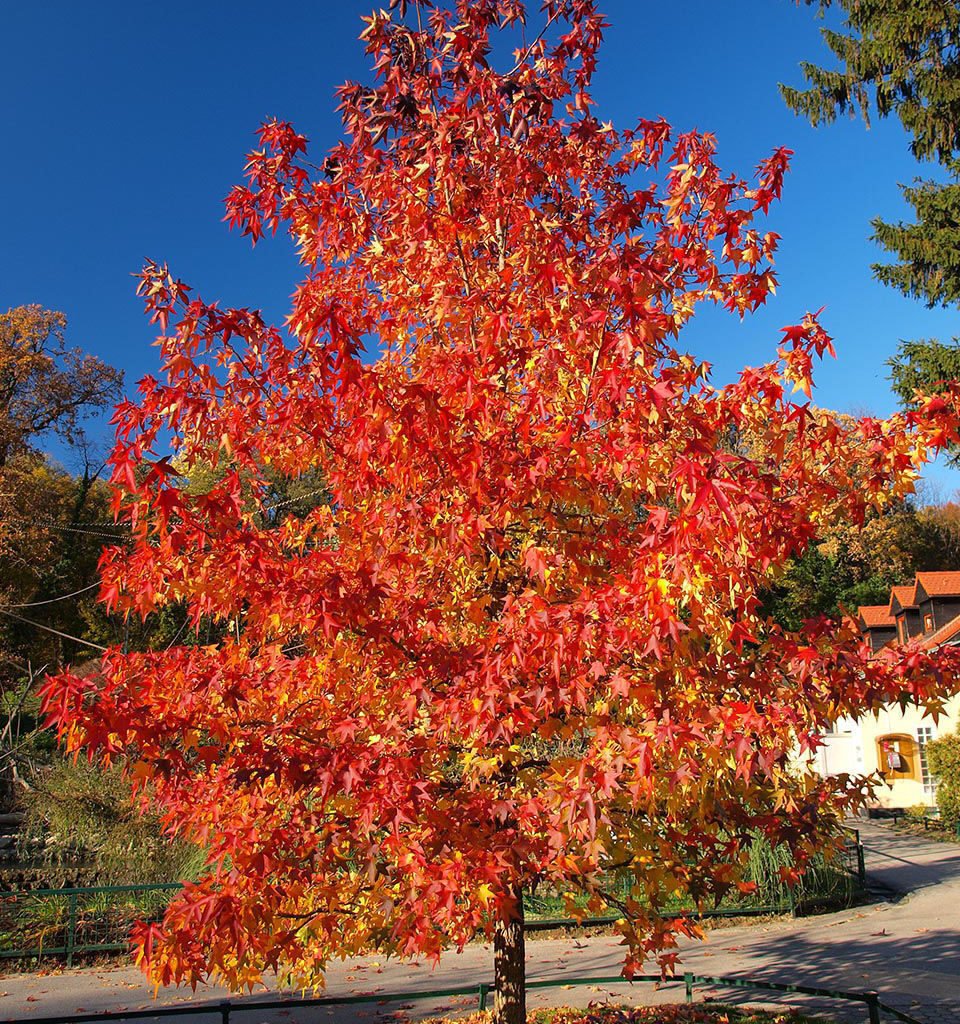
Maples require thoughtful placement for optimal growth:
- Sunlight: Most maple species prefer full sun to partial shade. Japanese maples thrive in partial shade.
- Soil: Well-drained, fertile soil is ideal. Avoid heavy clay or compacted soils.
- Space: Allow sufficient room for canopy spread and root growth. Sugar and red maples need large spaces, while Japanese maples suit smaller areas.
- Protection: Shelter young trees from strong winds and harsh conditions.
Pro Tip: Avoid planting too close to buildings or structures, as mature maples have extensive root systems that can interfere with foundations.
Step 3: Planting Maple Trees
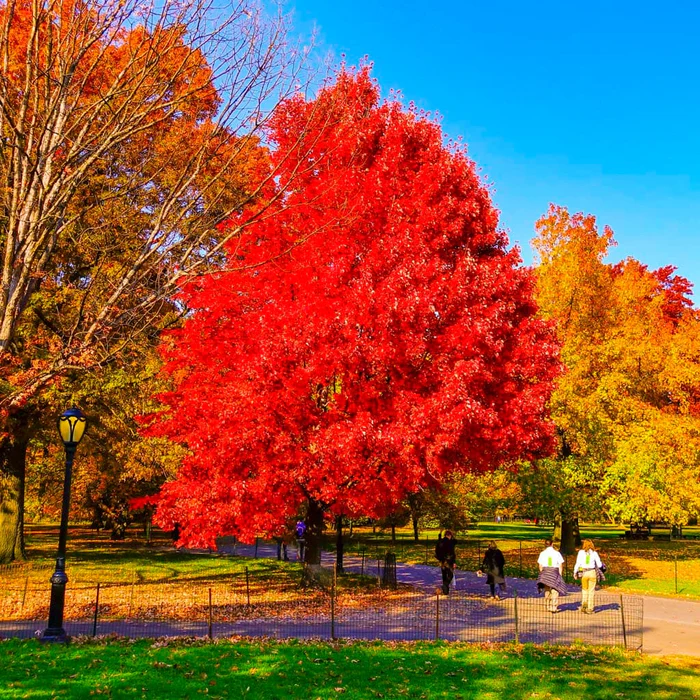
Proper planting ensures a strong, healthy start:
- Timing: Plant in early spring or fall to avoid extreme heat or frost.
- Digging the Hole: Make the hole twice as wide and slightly deeper than the root ball.
- Soil Preparation: Mix native soil with compost or well-rotted organic matter to improve fertility and drainage.
- Planting Depth: Position the tree so the root collar is slightly above soil level to prevent crown rot.
- Backfilling: Fill the hole with amended soil, gently firming to eliminate air pockets.
- Watering: Water thoroughly immediately after planting to help roots settle.
- Mulching: Apply 2–3 inches of mulch around the base to retain moisture and regulate soil temperature, keeping mulch away from the trunk.
Step 4: Watering and Moisture Management
Consistent moisture is critical, particularly during the first few years:
- Frequency: Water deeply once or twice a week, adjusting for rainfall and soil type.
- New Trees: Require regular watering until fully established.
- Established Trees: Deep watering during dry spells helps maintain health.
- Avoid Overwatering: Waterlogged soil can lead to root rot.
Tip: Use a soaker hose or drip irrigation to deliver water efficiently to the root zone.
Step 5: Fertilizing Maple Trees
Fertilization promotes healthy growth and vibrant foliage:
- Timing: Apply fertilizer in early spring as new growth begins. Avoid late fall fertilization.
- Type: Use a balanced, slow-release fertilizer or one designed for trees and shrubs.
- Method: Spread fertilizer evenly around the drip line, not directly at the trunk.
- Organic Options: Compost or well-rotted manure can supplement nutrients naturally.
Pro Tip: Soil testing before fertilization helps determine nutrient deficiencies and prevents over-fertilization.
Step 6: Pruning and Maintenance
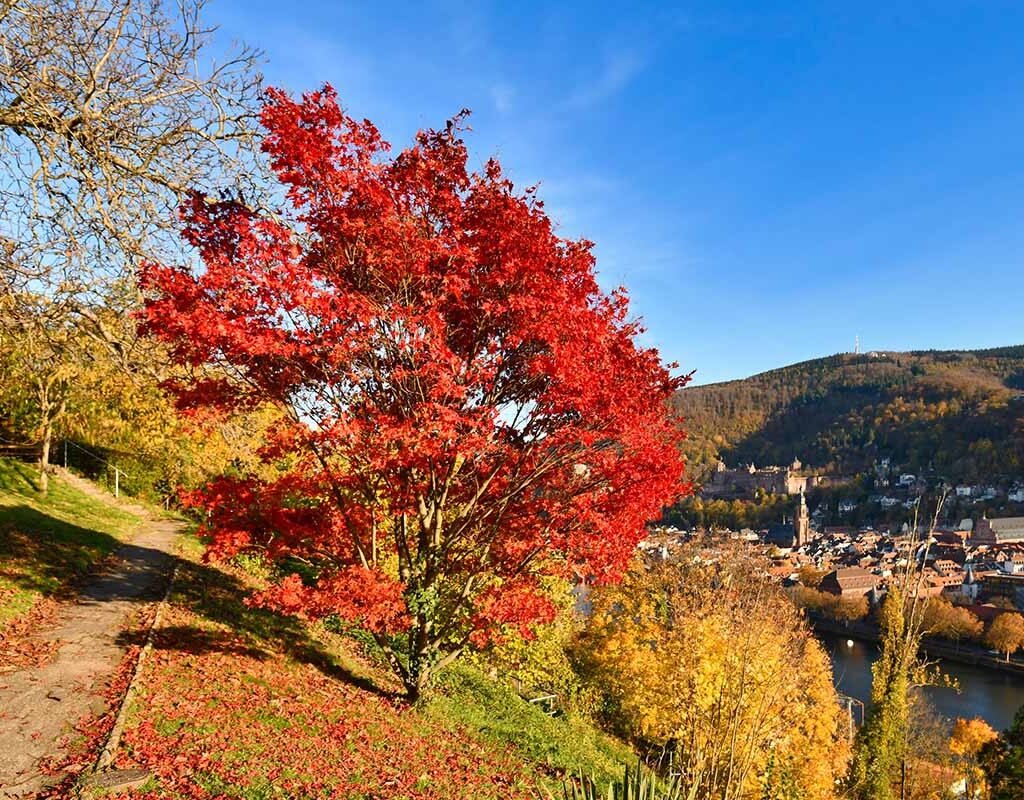
Pruning helps maintain shape, remove deadwood, and improve airflow:
- Timing: Late winter or early spring before new growth is ideal. Light pruning can be done in summer if necessary.
- Technique:
- Remove dead, damaged, or crossing branches.
- Thin dense areas to improve airflow and sunlight penetration.
- Avoid excessive pruning that reduces leaf canopy.
- Shaping: Keep natural form for most maples, but Japanese maples can be pruned for aesthetic shapes.
Step 7: Pest and Disease Management
Maple trees are generally hardy but can encounter a few pests and diseases:
Common Pests
- Aphids: Cause leaf curling and sap damage. Treat with insecticidal soap.
- Scale Insects: Small, sap-sucking insects that weaken trees. Use horticultural oil or insecticides.
- Leafhoppers: Cause stippling and yellowing leaves. Control with insecticides if severe.
Common Diseases
- Verticillium Wilt: Soil-borne fungus causing branch dieback. Remove affected branches promptly.
- Tar Spot: Fungal disease causing black spots on leaves; mostly cosmetic.
- Anthracnose: Fungal infection leading to leaf browning. Prune affected leaves and improve airflow.
Prevention:
- Maintain healthy soil and proper watering.
- Space trees adequately to reduce humidity and increase airflow.
- Remove fallen leaves to prevent fungal buildup.
Step 8: Seasonal Care for Maple Trees
Spring
- Fertilize to encourage new growth.
- Inspect for early signs of pests or disease.
- Apply mulch to retain soil moisture.
Summer
- Water deeply during dry spells.
- Monitor for pests like aphids and leafhoppers.
- Provide light shade for sensitive species like Japanese maples during heatwaves.
Fall
- Mulch to protect roots during winter.
- Collect fallen leaves to prevent fungal diseases.
- Avoid late fertilization to allow dormancy preparation.
Winter
- Protect young trees from frost with burlap wraps if needed.
- Avoid heavy pruning that can damage vulnerable branches.
- Water during dry winter spells when soil is not frozen.
Common Mistakes to Avoid
- Planting Too Deep: Can suffocate roots and cause poor growth.
- Overwatering: Leads to root rot and fungal diseases.
- Underwatering: Can stress the tree, leading to leaf drop or stunted growth.
- Neglecting Pruning: Results in weak branches, poor shape, and disease susceptibility.
- Ignoring Soil Conditions: Maples require fertile, well-drained soil for optimal health.
Final Thoughts
Maple trees are a long-term investment in beauty, shade, and ecological value for any yard or garden. By carefully selecting the right variety, planting in the proper location, and providing ongoing care—including watering, fertilization, pruning, and pest management—you can enjoy vibrant, healthy trees for decades.
Whether you seek a majestic sugar maple for fall foliage, a delicate Japanese maple for ornamental beauty, or a hardy red maple for urban landscapes, following these guidelines ensures that your trees will thrive. With patience and consistent care, maple trees will provide shade, shelter, and spectacular seasonal displays that enhance the character and value of your landscape.
Planting and nurturing maples is not only a rewarding gardening experience but also a contribution to a greener, healthier environment. Their shade, wildlife support, and striking appearance make maples indispensable in creating sustainable and beautiful landscapes.
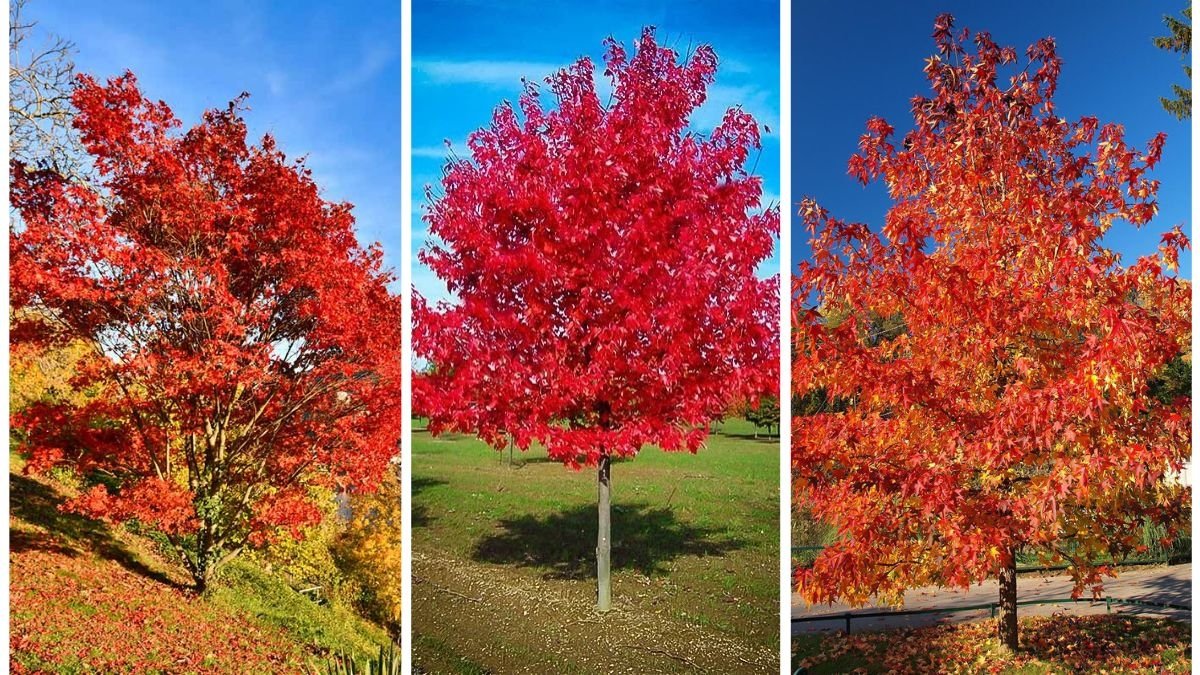
Leave A Comment